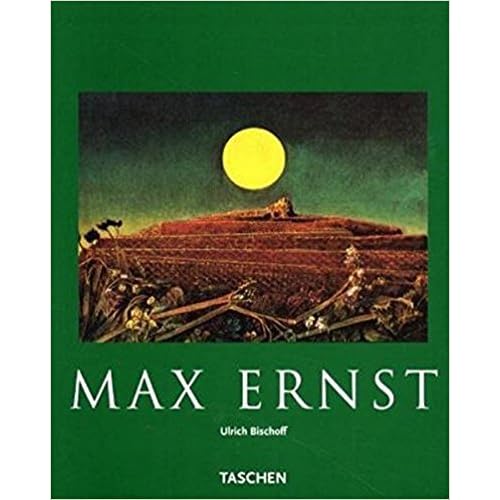Max Ernst 1891-1976, Beyond Painting
Category: Books,Arts & Photography
Max Ernst 1891-1976, Beyond Painting Details
Max Ernst (2 April 1891 – 1 April 1976) was a German painter, sculptor, graphic artist, and poet. A prolific artist, Ernst was a primary pioneer of the Dada movement and Surrealism. Contemporary and friends with Man Ray, August Macke, Henri Cartier-Bresson, Franz Marc, Paul Klee, and Sergei Diaghilev, Ernst constantly experimented. In 1925 Ernst invented a graphic art technique called frottage which became a Surrealist technique. It uses pencil rubbings of objects as a source of images. He also created the 'grattage' technique, in which paint is scraped across canvas to reveal the imprints of the objects placed beneath. He used this technique in his famous painting Forest and Dove (as shown at the Tate Modern). The next year he collaborated with Joan Miró on designs. With Miró's help, Ernst pioneered grattage, in which he troweled pigment from his canvases. He also explored with the technique of decalcomania, which involves pressing paint between two surfaces. Along with other artists and friends (Marcel Duchamp and Marc Chagall) who had fled from the WWII and lived in New York City, Ernst helped inspire the development of Abstract expressionism. Then - with his third wife, Dorothea Margaret Tanning (1910 – 2012), an American painter, printmaker, sculptor, writer, and poet – he lived in Sedona, Arizona from 1946-1953. Despite the fact that Sedona was remote and populated by fewer than 400 ranchers, orchard workers, merchants and small Native American communities, their presence helped begin what would become a huge American artists’ colony. Read more

Reviews


